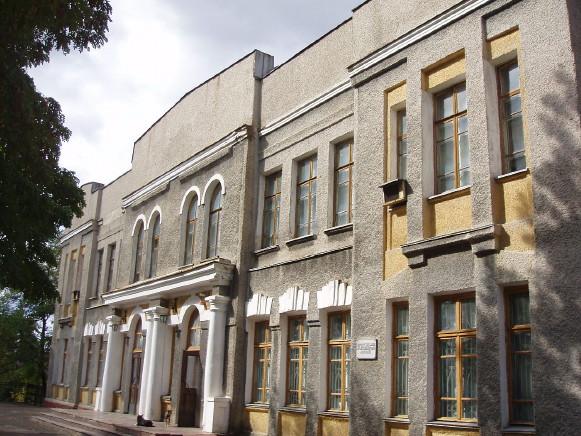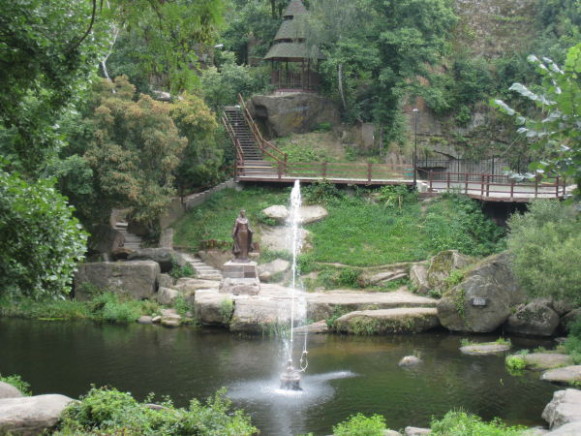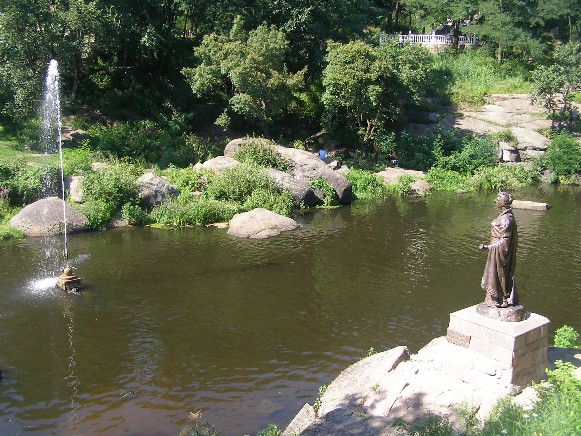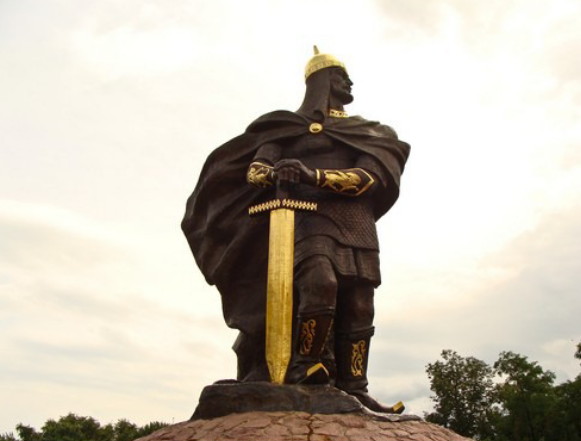Korosten
Korosten [Коростень; Korosten’]. Map: III-9. Industrial city (2012 pop 65,592) and raion center in Zhytomyr oblast on the Uzh River. It was first mentioned in 945 as Iskorosten, the capital of the Derevlianians, ruled by their Prince Mal. Following the death of Prince Ihor at the hands of the Derevlianians, the city was destroyed by Princess Olha. In the 14th century the town became part of the Lithuanian-Ruthenian state, but under the Union of Krevo in 1385 came under Polish influence. In 1585 the town was granted the rights of Magdeburg law. After the partition of Poland in 1793, Korosten was annexed by Russia. Since the late 19th century it has been an important railway and highway junction, and its population grew from 2,600 in 1897 to 12,000 in 1926 and 34,000 in 1956. Because of its strategic importance, the Army of the Ukrainian National Republic and the Red Army fought for its control in 1918, in February and the summer of 1919, and during the Second Winter Campaign in November 1921. Today its plants manufacture road-construction and chemical-industry machinery, reinforced-concrete railway ties, porcelain products, silos, household chemicals, lumber, granite, clothing, cotton thread, meat and dairy products, and wine. Four Kyivan Rus’ settlements have been excavated there.
[This article was updated in 2015.]



